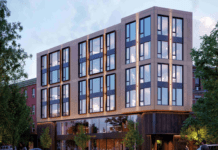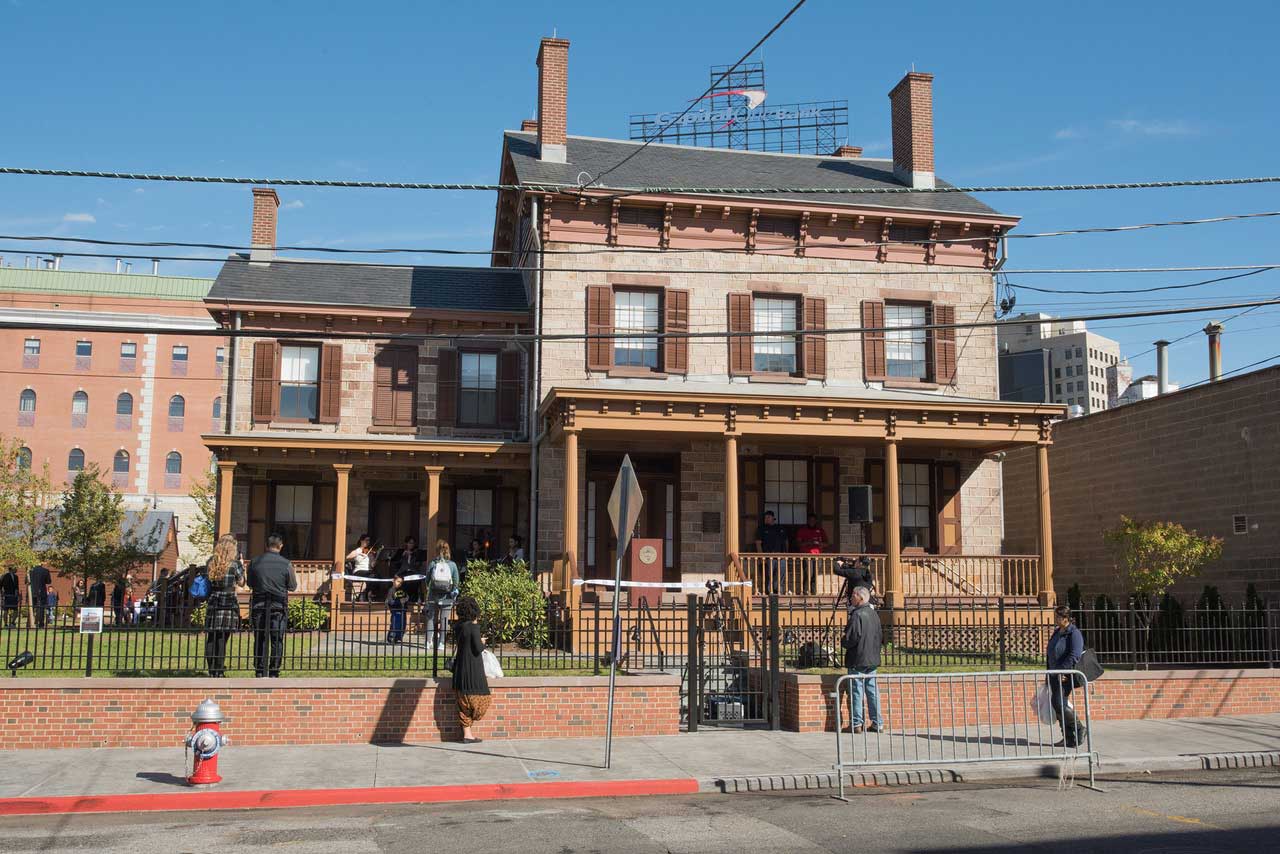
The 11-year restoration of the historic Apple Tree House in Jersey City is finally complete and will be the new home of the cultural affairs and tourism offices–Mayor Fulop did a final walk through in August and the official ribbon cutting was Saturday, October 28th.
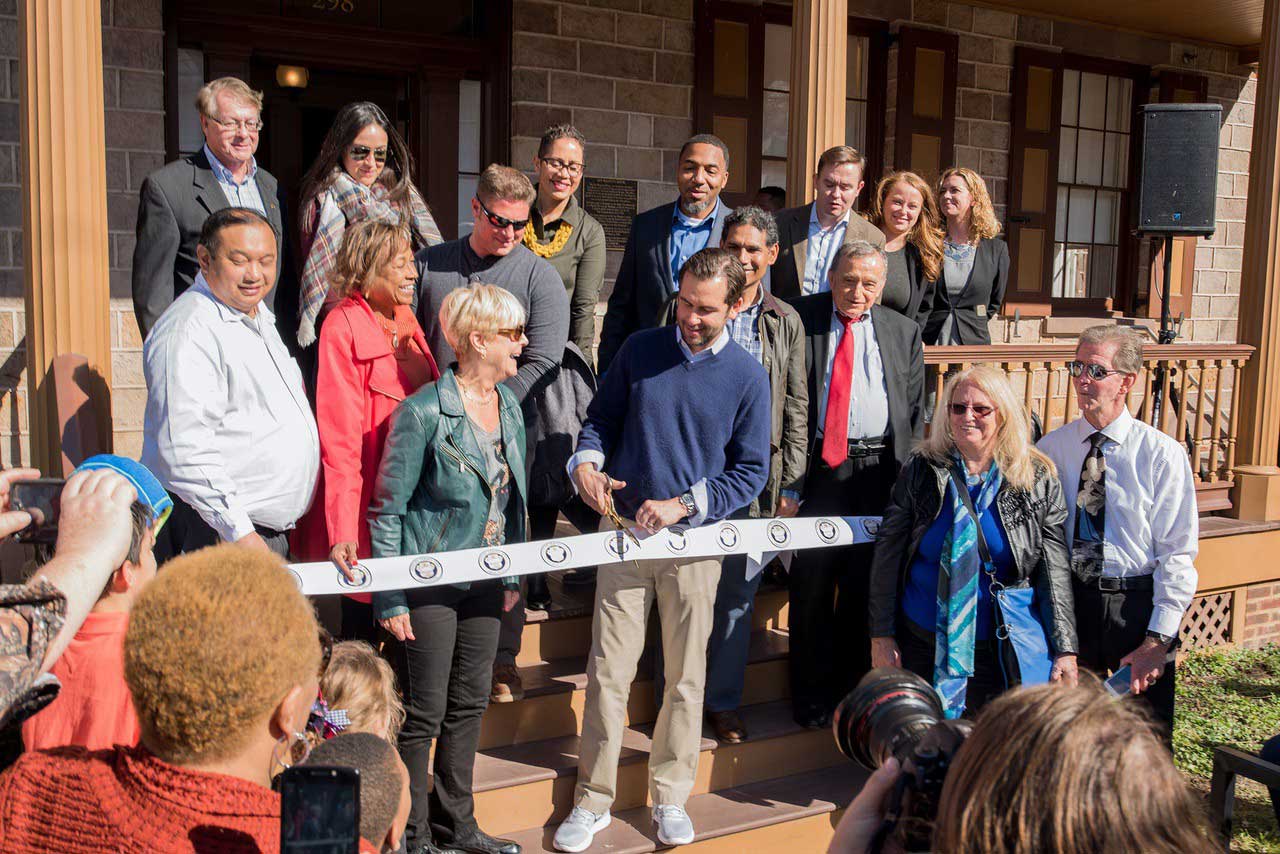
Located at 298 Academy Street, the Van Wagenen House was renamed the Apple Tree House because it was under an apple tree on the property that General George Washington and Major General Marquis de Lafayette maybe met, shared a meal, and made battle plans at the end of August in 1780. Allegory aside, the fact remains that it is an important home, embodying great architectural and historical significance.
There is no conclusive proof that the Van Wagenen House in Jersey City was the site of a Revolutionary War strategy session between the Generals, but the myth persists. The George Washington Society even presents a wreath at the house every year on President’s Day, or, more accurately, outside the house since it’s been closed to the public for some time.
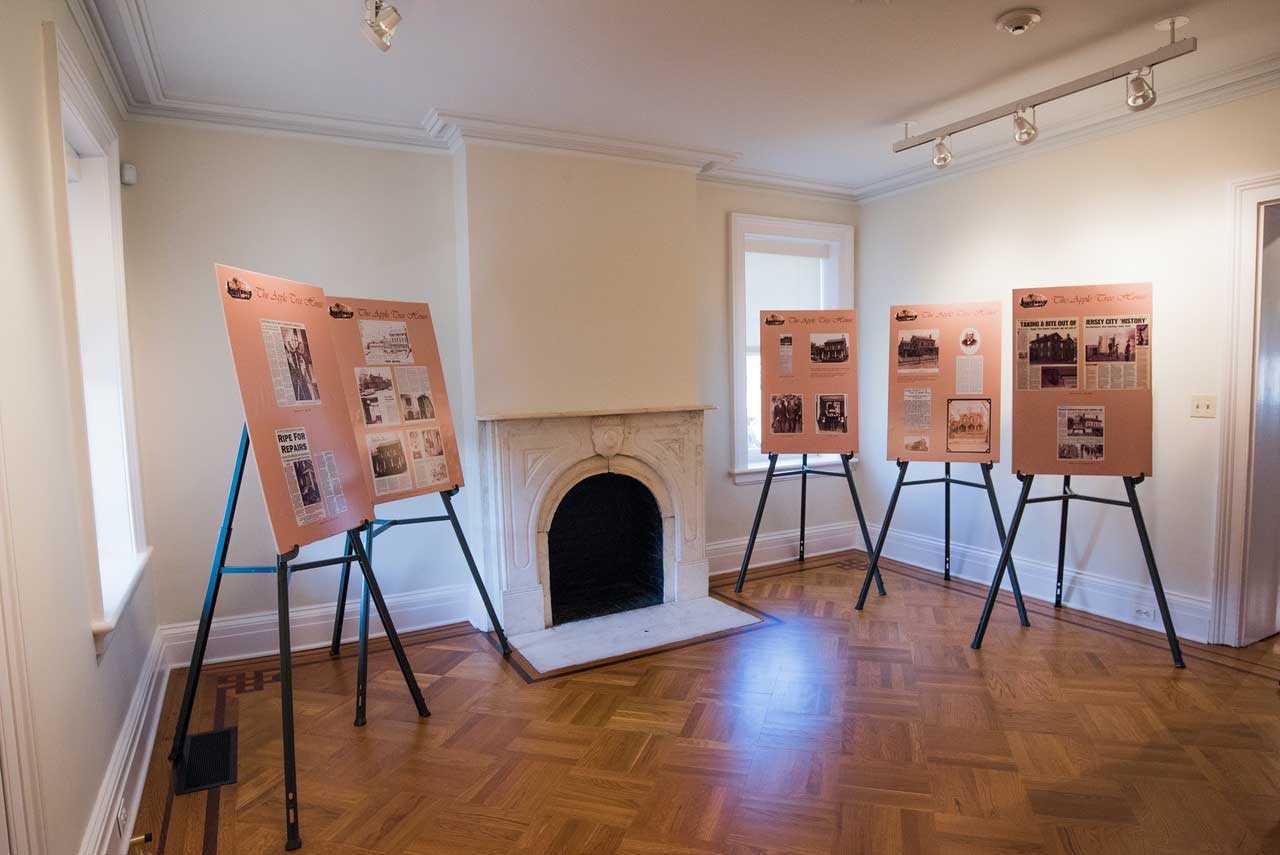
The house was built by a Van Wagenen (a surname invented by the founding member of the family to reflect his hometown in Holland called Wageningen) in 1735 and occupied by a Van Wagenen for generations until they sold it in 1946, concluding over 200 years of continuous family ownership. The house was within the original Dutch settlement which was also the first permanent European settlement in New Jersey–the village of Bergen.
Bounded by wooden stakes, the village was the four corners created by the intersection of what is now Bergen Avenue and Academy Street. The modern-day boundaries of the village are Newkirk Street, Tuers Avenue, Vroom Street, and Van Reypen Street, creating the area whose center is now Bergen Square.
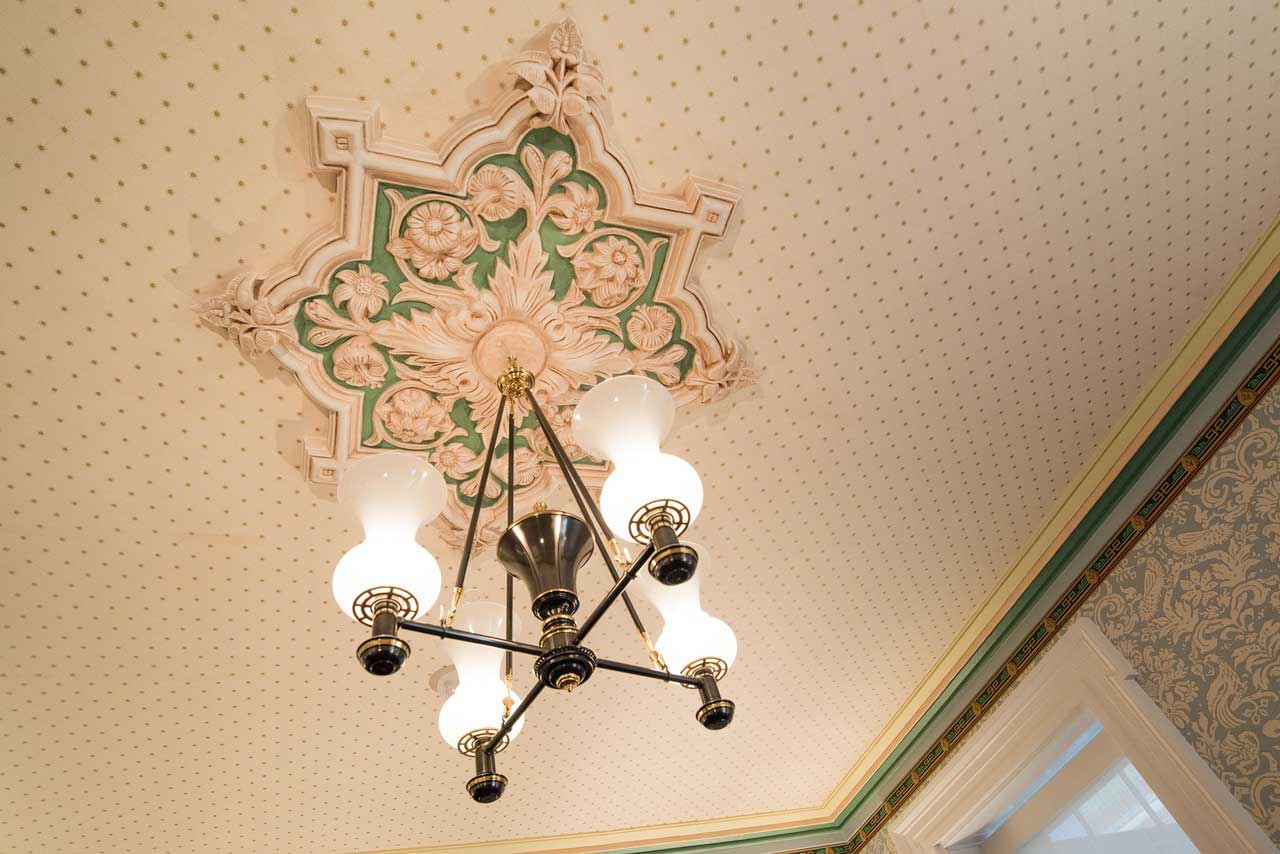
The original structure on the west side was a one room, sandstone farmhouse with a cider press for the nearby apple orchards. The eastern section of the house was added around 1842, and although still sandstone, was a departure from the old Dutch homestead and in a Greek Revival style, popular in the 19th century.
Finally, a third addition, circa 1860, was the brick, second story on the west side of the house, connecting all three phases of construction in an Italianate style. In 1946, the house was sold to the Quinn Family who completed extensive interior and exterior renovations while operating the property as a funeral home where services for countless Jersey City residents, including Mayor Frank Hague, were held.
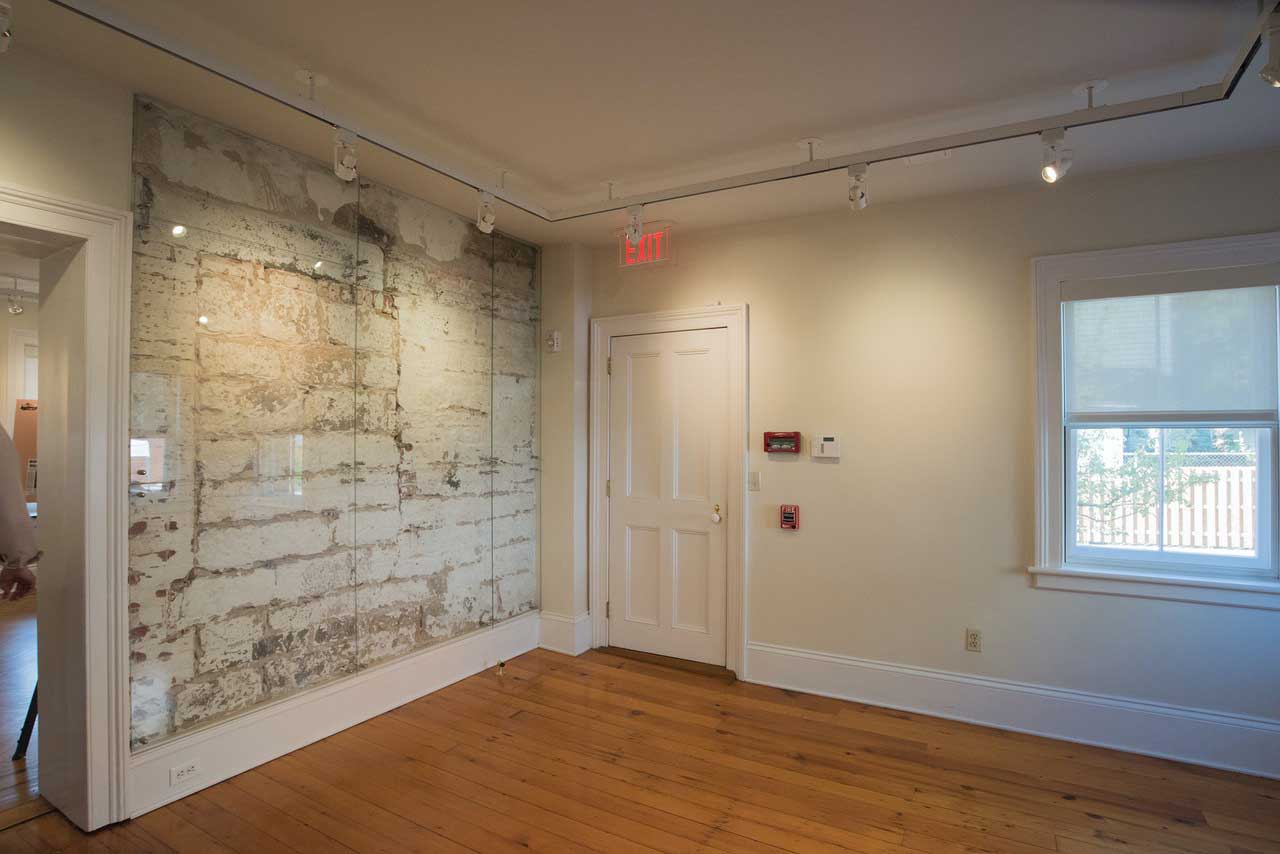
The Apple Tree House was once abandoned and in such a state it was on a list of most endangered historic sites, but in 1999, the City of Jersey City purchased the property, and in collaboration with federal and state grant money as well as the oversight of Holt Morgan Russell Architects, the Apple Tree House was added to the National Register of Historic Places in 2006.
The legend of Washington’s and Lafayette’s meeting under the apple tree grew when after the tree was uprooted in a storm in 1821, a cane was made from the felled wood and presented to Major General Lafayette when he returned to Jersey City to celebrate the 4th of July in 1824. And the myth has taken root in Paris where the cane is on permanent display at the Louvre.
It’s also rumored that after the tree fell, children scrambled for scraps of wood and whittled trinkets for Christmas, delighting in having a piece of the famous tree. The Apple Tree House is fully restored for the public after over a decade of work, and perhaps next year’s President’s Day celebration and wreath laying by the George Washington Society can finally come inside out of the cold.


